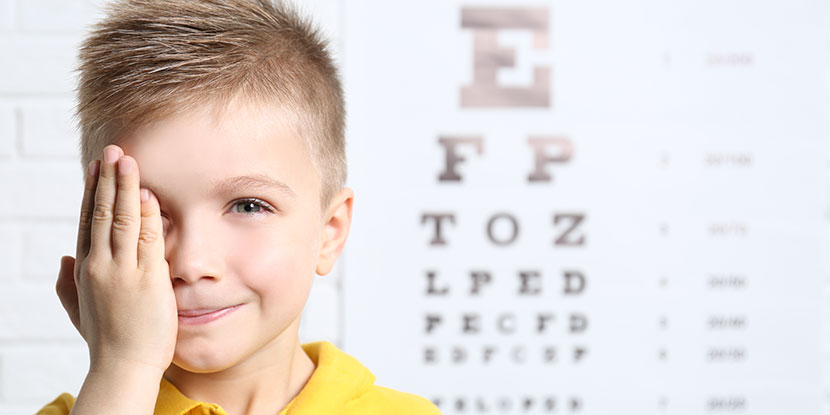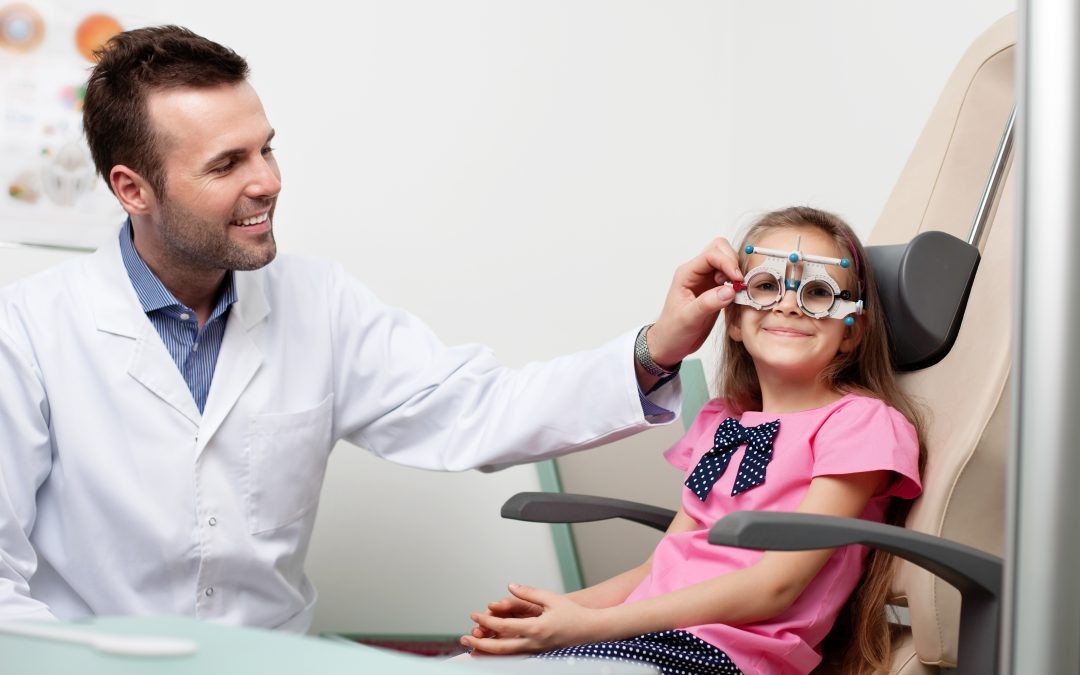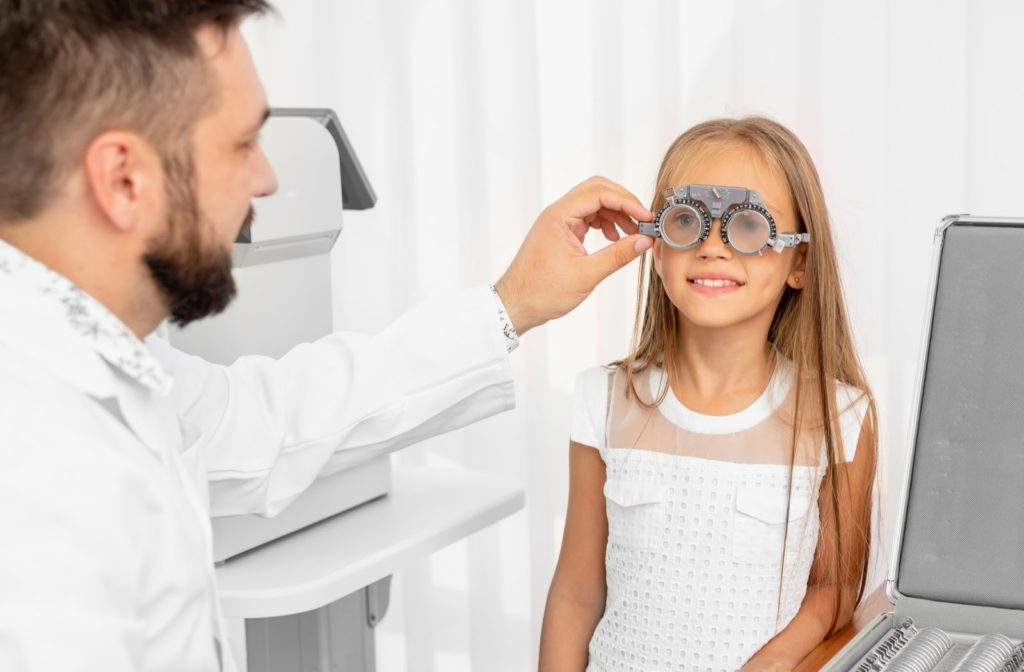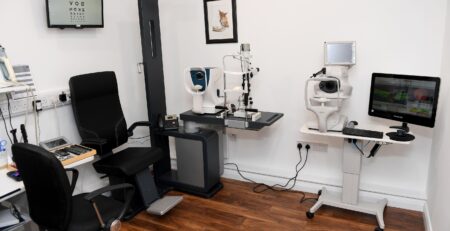Children’s eye care and eye tests
Max Cherdivara2022-12-02T18:10:11+00:00Just as with adults it is really important for children to have eye exams.
As infants a paediatrician or midwife will shine a light into the newborn baby’s eyes as part of the newborn clinical examination.
This is checking for eye heath and to detect conditions such as congenital cataracts along with other ocular congenital conditions.
Once home the public health nurse will check your child’s eyes at the development assessments, according to the HSE website this is between 21 and 24 months, between 3 and 4 years old and again when your child is in junior infants.
Unfortunately, these assessments especially the latter two do not always take place so it is really important that children have an eye screening or test at preschool age ideally at 3/4yrs and again at 5yrs.
As with all public waiting lists the children’s waiting list is running into years long, which is detrimental to the vision development (or lack of) when a lazy/weak eye is present.
A lazy or weak eye does not always present with a turn, in fact the presence of a turn is usually the only reason a parent will detect a last eye.
The lazy eye without a turn can and often goes undetected until it is too late for treatment to work.
Free eye exams are only carried out via the national school scheme for which if carried out initially happens as a gross vision measurement in junior infants.
Should a weakness be detected the child is then referred to the public HSE eye clinic, for which the waiting lists are very lengthy.
The urgency of detection and treatment at this age is due to the fact that a child’s vision development ceases at approx 7yrs of age so if a lazy eye undetected, treatment will be of unsuccessful unfortunately.
As children cannot detect a weaker eye themselves, it is so important that the 4yr and 5yr rule for eye checks is carried out.
Children are also less likely to notice vision problems, as 80% of learning is visual some eye conditions such as undetected long-sightness, (hyperopia) or short sightness (myopia) can affect their development and education.
Undetected vision problems can also cause behavioural issues as the child is unable to concentrate or engage with the learning task, this is especially relevant to young children who cannot articulate or even be aware they cannot see what the other children can see.
The good news is if your child has their 4 yr and 5 yr check or earlier and if conditions such as a lazy eye (squint) or underlying prescription are picked up the treatment is effective and once followed a good outcome is usually the result.
The sooner a problem is picked up the better the visual outcome and a much happier child who will engage and enjoy school.

So what does our children-preschool exam consist of?
Well…. lots of fun is the answer!
Most pre-schoolers will not have their letters yet so we swap out with pictures and play encouraging games to make it fun experience.
We use lots of fun techniques to check for motility and muscle assessment along with the general eye health checks.
Of course the parent/ guardian will stay with the child and partake in fun if required.
We may or may not require using drops to stabilise the very flexible super active focusing system and get a more accurate result.
While it is regularly required we will avoid it at the 1st visit if we can so that the experience is a good one, as the drops can sting and cause blurry vision for a time after unfortunately.
How can you tell if your child is having vision difficulties?
Here are some signs to keep watch for:
“Squinting “at distance objects, moving closer to see the TV, or holding their book or tablet very closely.
Tilting of the head favouring one eye when concentrating or when trying to see better.
Headaches after concentrating or headaches towards the end of the day.
The appearance of “a turn” in one eye, this may not be consistent but will show from time to time especially when tired.
Rubbing of the eyes, and not just when tired.
Closing of one eye to concentrate, especially when doing close work.
Light sensitivity or sore eyes can be signs or eyestrain.

What can you do to prevent your child getting eyestrain, or becoming Myopic/short sighted ?
Unfortunately, there is a global pandemic of myopia due to screen use and less outside play.
An estimated 5 billion people, or half the global population, could be affected by myopia by 2050.
Annual myopia progression rate is most rapid under 10 years of age. Significantly greater rates of progression can be seen especially in children with high myopia.
If left untreated, myopia can lead to lasting vision problems, but together we can curb myopia in children.
Limit screen time as much as possible and encourage outside play.
When screen use is essential ensure regular breaks and refocusing into the distance every 20 minutes for 20 seconds.
Ensure plenty of sleep.
Have regular eye exams.
Myopia Management
If your child becomes myopic, Myopia management/control has now become a very important part of our practice by fitting specific spectacle lens Stellest™ by Essilor.
Stellest™ lenses are Essilor®’s game-changing innovation to slow down myopia progression in children. Essilor® Stellest™ lenses slow down myopia progression by 67% on average, compared to single vision lenses, when worn 12 hours a day.
People with a high level of myopia run the risk of serious eye problems in later life, even when appropriate refractive correction is provided, myopia continues to place an individual at an increased risk of sight-threatening diseases, such as:
Glaucoma (open-angle)
Cataract (nuclear, cortical and posterior subcapsular)
Retinal tears which may lead to a retinal detachment
Myopic maculopathy or myopic macular degeneration
The incidence of these conditions is greatest in individuals with high myopia.


